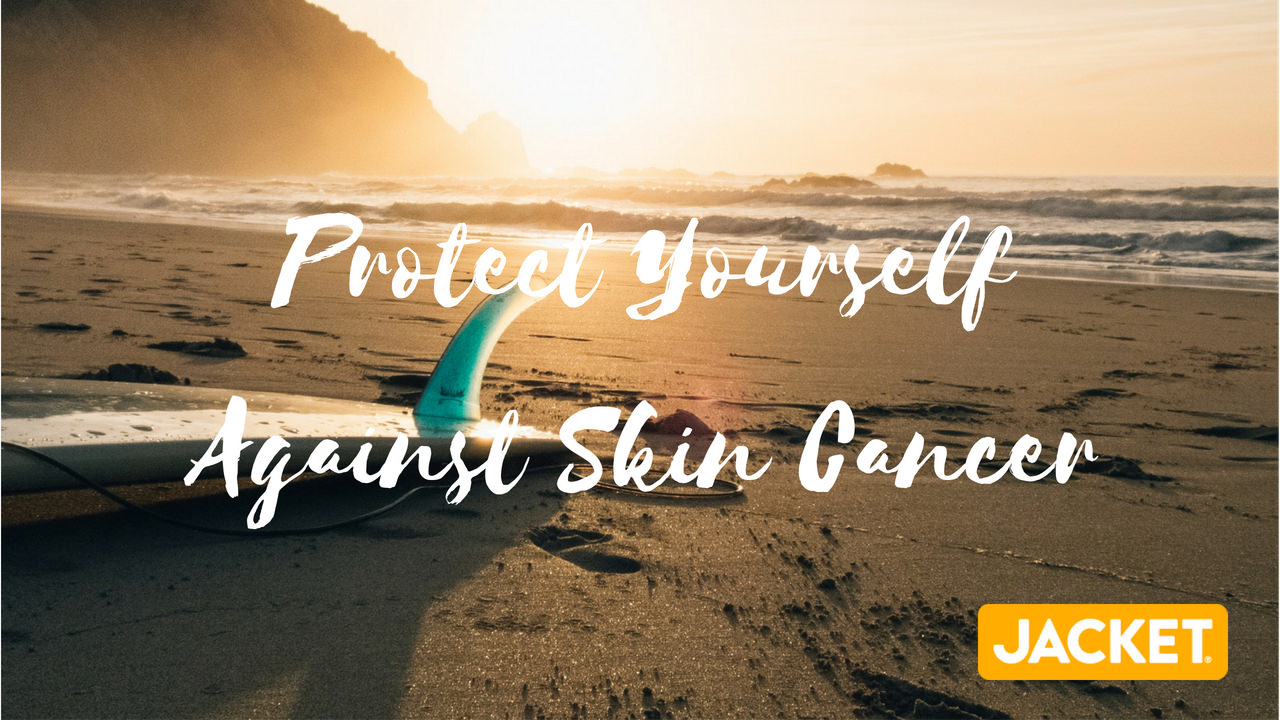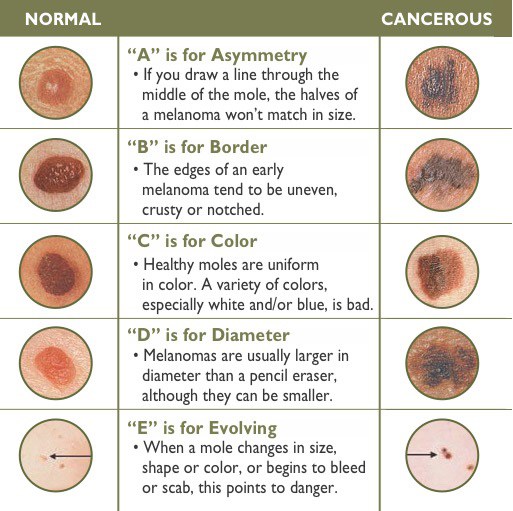

Skin cancer is one of the most common forms of cancer that is so prevalent in the Untied States that one in five Americans will develop it by the age of 70. The amount of money behind treating various types skin cancer in the United States is in the billions—approximately 8 billion dollars. In terms of that type of cancer, prevention and identification are essential. Knowing what to look for in determining the signs of the presence of cancer on your skin can help catch it early enough before it becomes detrimental.


Credit- MohsDermHouston.com
In order to identify skin cancer, you need to understand the different types. There are three main forms of skin cancer: basal cell carcinoma, squamous cell carcinoma, and melanoma.
Basal Cell Carcinoma (BCC): BCC are uncontrolled growths that can look like open sores, patches that are red or pink in color, or shiny bumps or scars.
Squamous Cell Carcinoma (SCC): The second most common type of skin cancer, SCC looks like red patches that are scaly in texture, warts or raised growths that dip slightly inward on their center, with crusting or occasional bleeding.
Melanoma: Atypical moles are moles that are also asymmetrical in shape. These moles are often black or brown, but can be other colors like red, purple, blue, white, or skin-colored.
There are methods in which you can employ to help detect any of these; the main technique is self-examination.
Here is what to look for when doing your own self-examination:
Know the Risk Factors
A risk factor is anything that can increase your chances of getting cancer (or any disease). By understanding what potential risk factors you may have, you can identify the signs of cancer early. Remember, the most crucial part of any cancer starts with early detection and prevention.
-Moles: You have more than 100 moles or beauty marks on your body
-Age: Your risk of getting cancer somewhere on your skin increases with age
-Time Outdoors: More time spent outdoors means more exposure to UV light
-Sunburns: The amount of sunburns you may have experienced as a child can increase your risk of getting skin cancer
About 90% of all cases for non-melanoma skin cancers are directly linked to how much UV radiation patients have been exposed to. The effectiveness of sunscreen can decrease your risk of being another case of skin cancer. Apply a sunscreen of at least SPF 15 or higher when stepping outside, stay in the shade whenever possible, and remember to practice self-examinations at least once a month. Knowing your skin and following these methods of prevention will help you catch any signs of cancerous skin lesions early on. For the very best skin protection sunblock you can trust JACKET SUNSCREEN for your skin. SHOP NOW